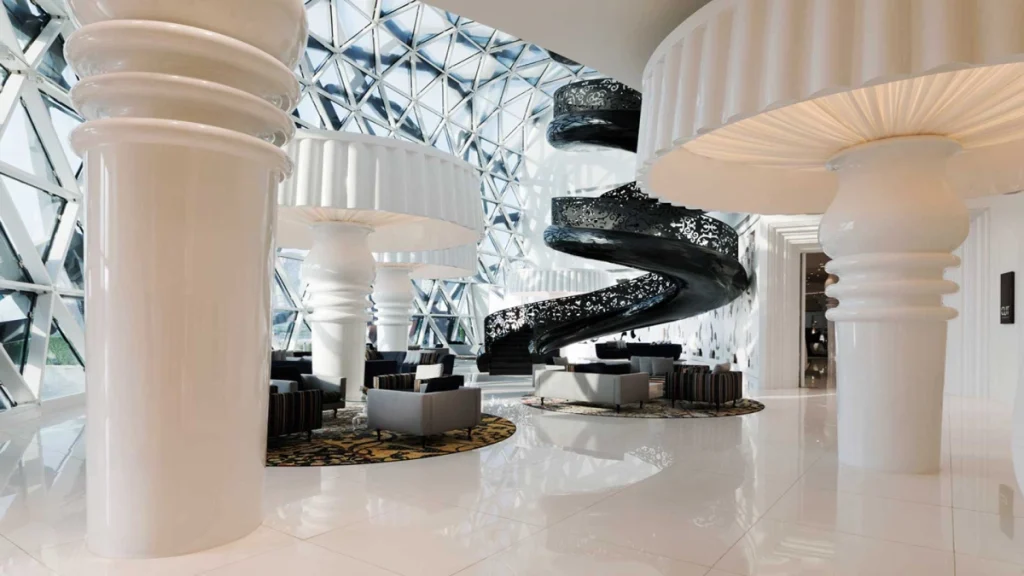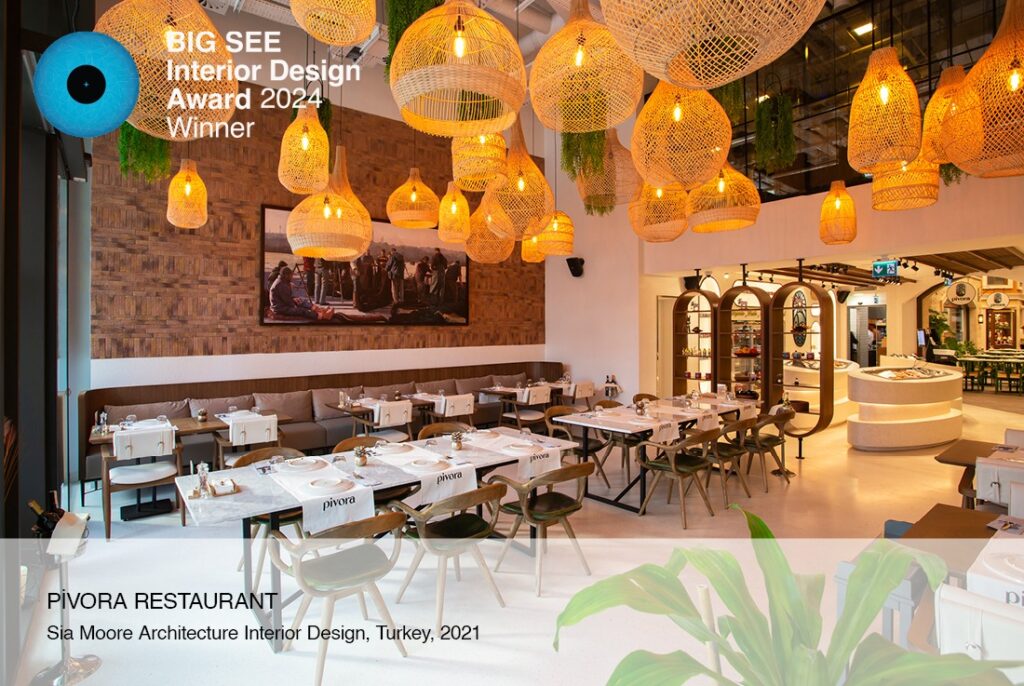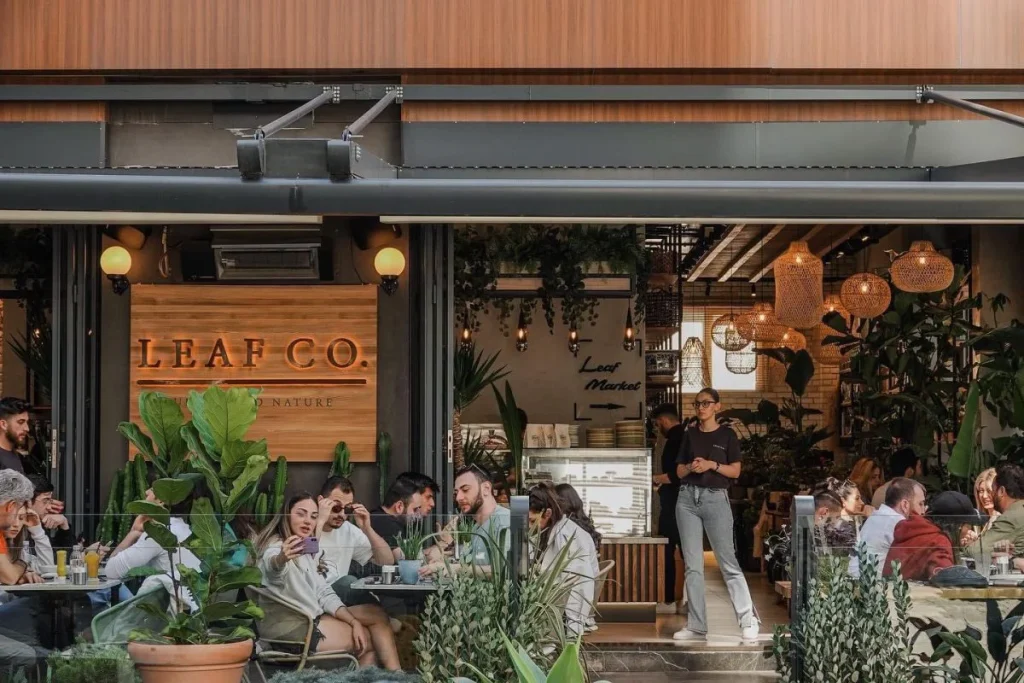Digital technologies are revolutionizing the way we approach architecture and interior design, shaping the future of how spaces are envisioned and created. From cutting-edge software to immersive 3D modeling and augmented reality applications, these advancements offer unprecedented precision, creativity, and efficiency.
In this article, we present a vision of the future by exploring the impact of digital technologies on the design process. Highlighting projects such as Emaar | Tuscan Valley Villa, Deco Moore Studio | London, and Leaf Co | Istanbul, we delve into how these innovations redefine the boundaries of architecture and interior design. Furthermore, we will discuss the role of the company’s Interior Design service in leveraging these technologies to deliver exceptional results.
1. How Digital Technologies Are Transforming Architecture and Interior Design
The integration of digital tools into the design process has brought transformative changes, enabling designers to push creative and technical boundaries. Key impacts include:
- Streamlined Design Processes: Software tools simplify complex tasks such as drafting and spatial planning, saving time and reducing errors.
- Enhanced Visualization: 3D modeling and augmented reality allow clients to virtually explore spaces before construction begins. This technology bridges the gap between imagination and reality, making architecture and interior design more accessible and client-focused.
- Data-Driven Decisions: Analytics and simulations help optimize materials, energy efficiency, and overall design effectiveness.
These data-driven insights are particularly valuable in advancing architecture and interior design, ensuring projects meet both aesthetic and functional goals.
The Emaar | Tuscan Valley Villa exemplifies this transformation, with advanced digital modeling used to create its intricate layouts and ensure seamless execution.
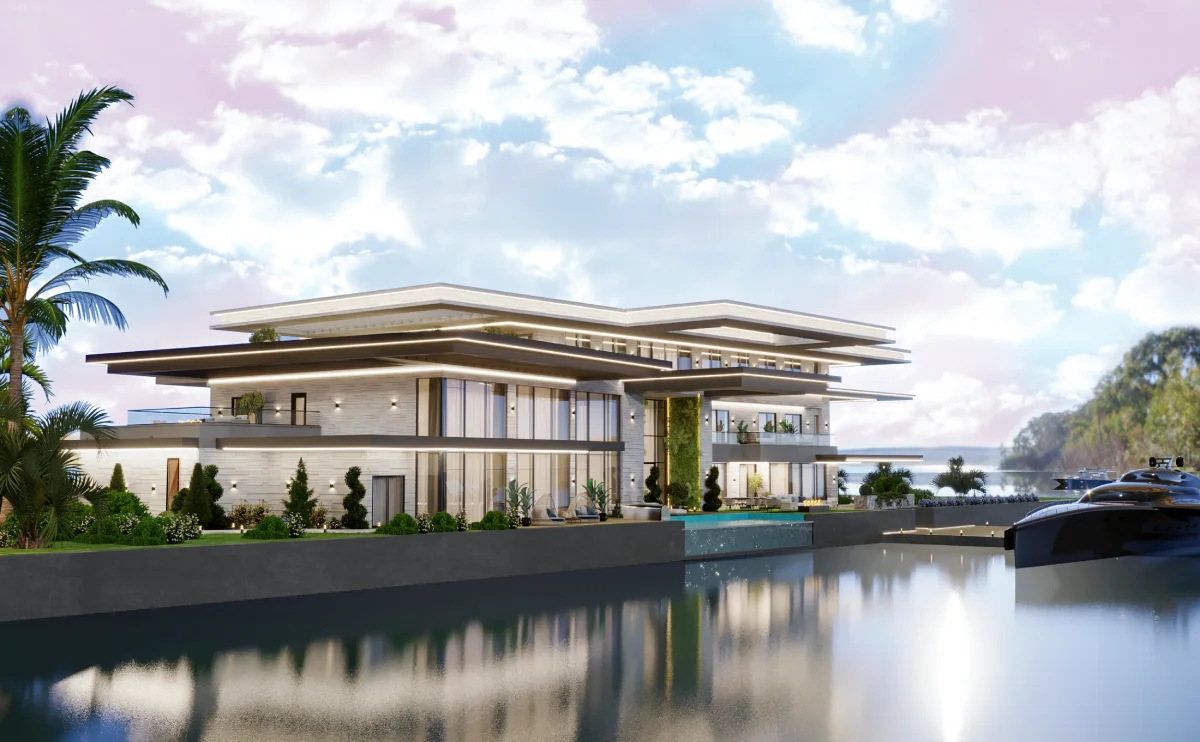
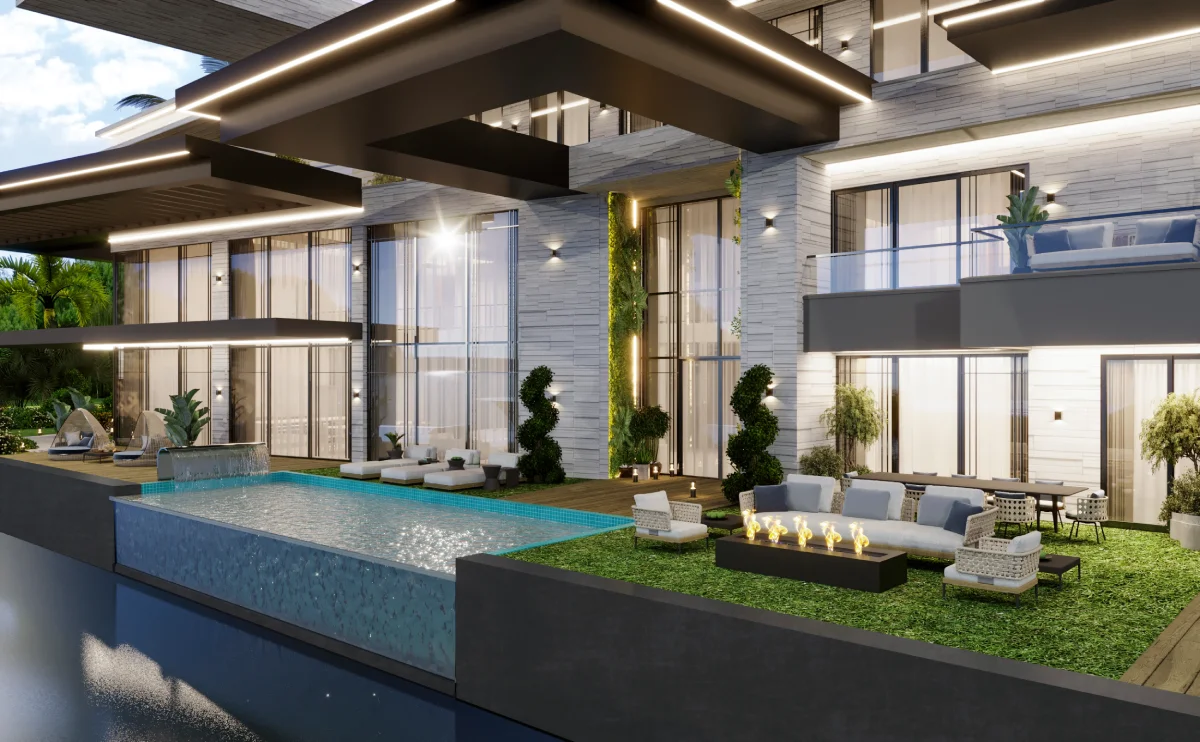
2. Key Digital Technologies Shaping the Future of Design
a. Next-Generation Software
Design platforms like BIM (Building Information Modeling) and CAD (Computer-Aided Design) enable precise planning and collaboration across teams. These tools allow real-time adjustments and provide detailed insights into every aspect of the project.
b. 3D Modeling and Rendering
3D modeling software creates lifelike representations of spaces, enabling designers and clients to visualize the final outcome. This technology is especially beneficial for luxury projects like Deco Moore Studio | London, where attention to detail is paramount.
c. Augmented and Virtual Reality (AR/VR)
AR and VR applications allow users to immerse themselves in virtual environments, exploring design elements interactively. These technologies not only enhance decision-making but also create an engaging experience for clients.
d. Smart Building Solutions
Integrating IoT (Internet of Things) devices and smart technologies enables automated lighting, climate control, and energy management, elevating the functionality of modern interiors.
By incorporating these innovations, architecture and interior design professionals can create smarter, more efficient spaces that cater to the evolving needs of users.
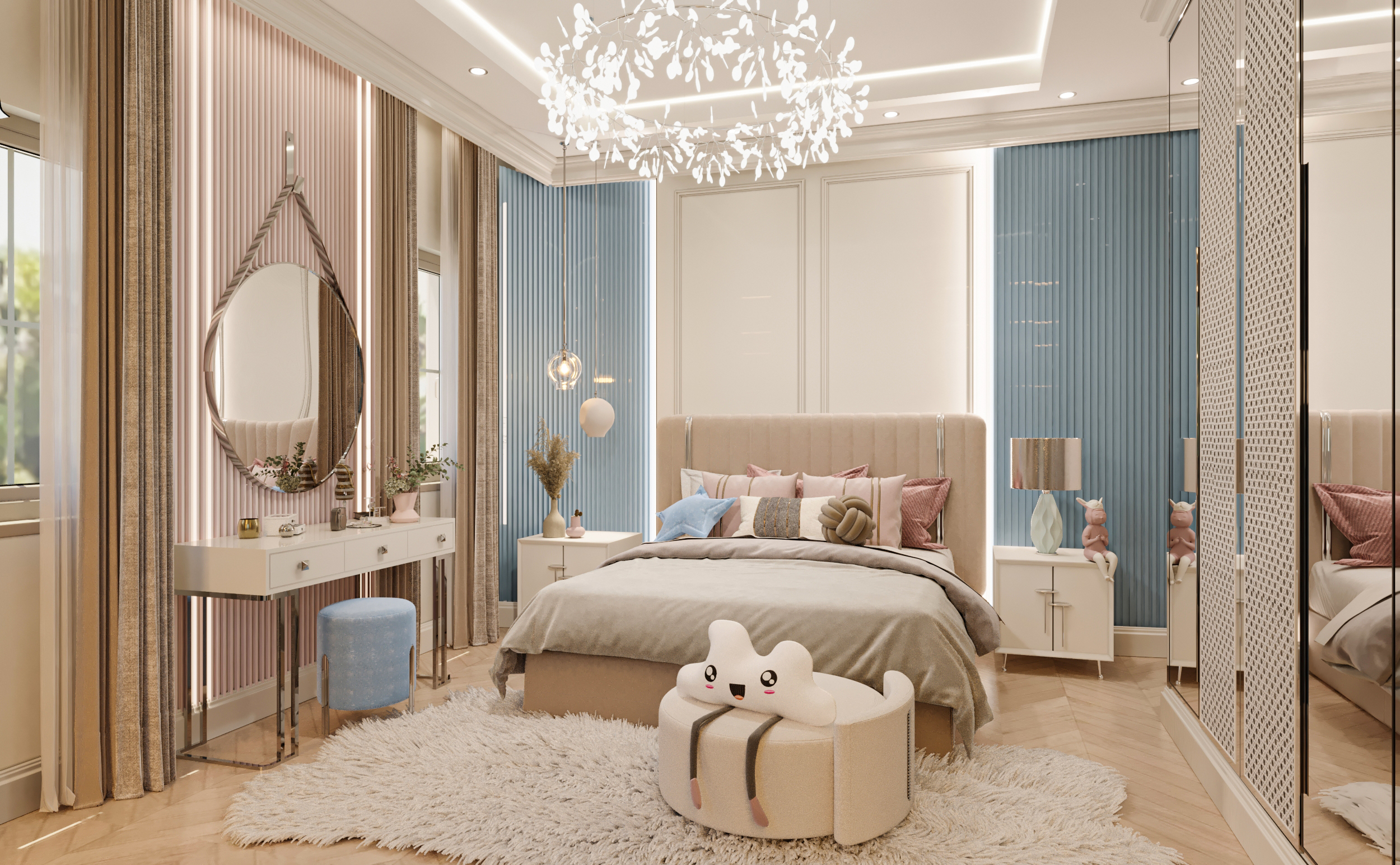
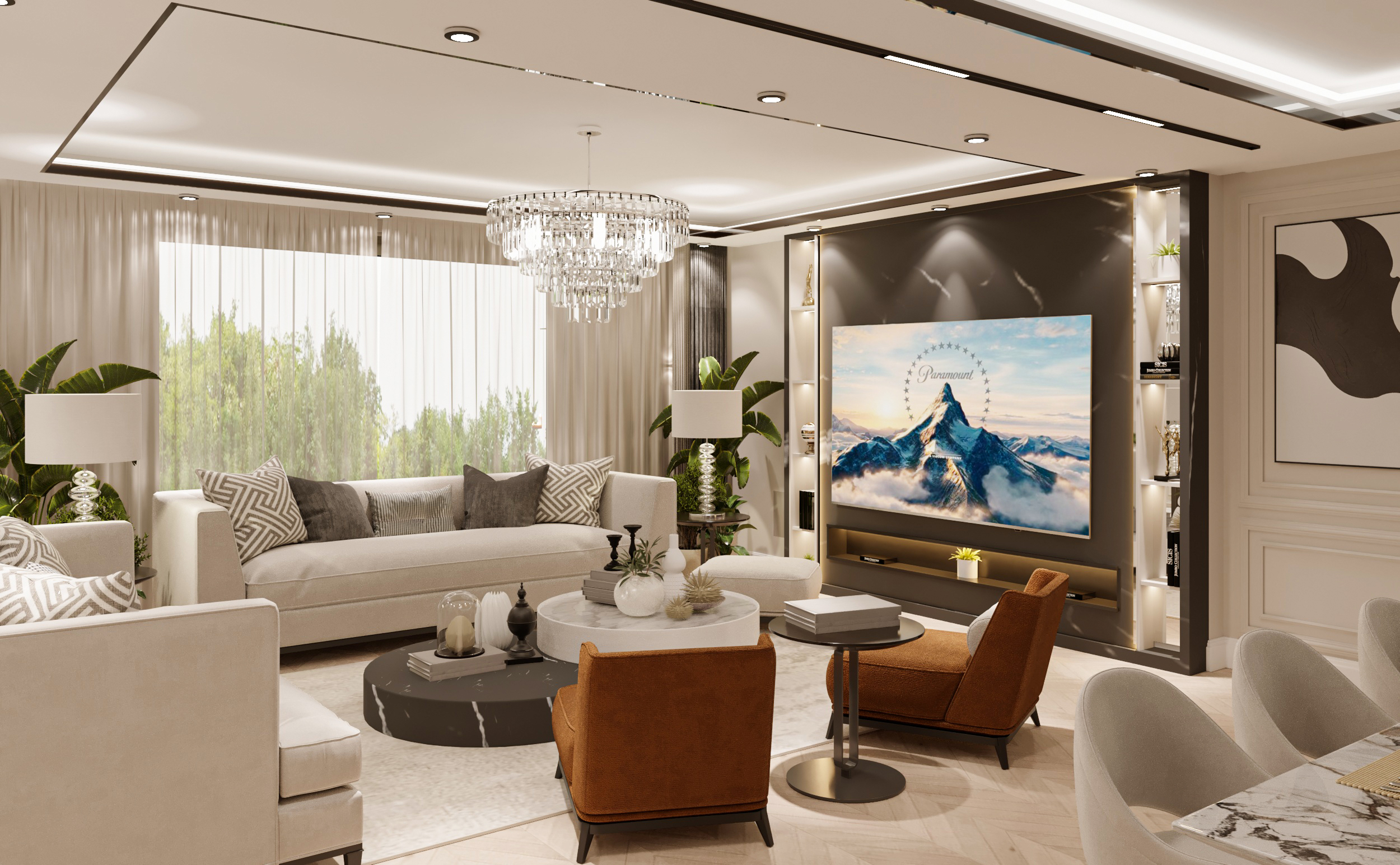
3. The Role of Digital Technologies in Project Execution
Digital tools extend beyond the design phase, playing a crucial role in execution and delivery. This includes:
- Construction Coordination: Digital platforms streamline communication between architects, contractors, and designers.
- Material Optimization: Software helps identify sustainable and cost-effective materials, reducing waste and improving efficiency.
- Quality Assurance: Digital monitoring ensures that every element of the design is implemented accurately.
The Leaf Co | Istanbul project highlights how these tools enhance coordination and precision, resulting in a space that balances functionality and aesthetics perfectly.
4. Why Choose Interior Design Services with a Digital Edge?
By embracing digital technologies, our company’s Interior Design service offers several key advantages:
- Innovative Solutions: Leveraging advanced tools ensures cutting-edge designs that align with client visions.
- Improved Client Collaboration: Virtual walkthroughs and interactive models enable better communication and understanding.
- Sustainable Practices: Data-driven insights optimize material usage and energy efficiency.
- Seamless Delivery: Digital integration across all project stages ensures timely and flawless execution.
Conclusion Digital technologies shaping architecture and interior design have opened new possibilities for creating innovative, sustainable, and personalized spaces. By integrating tools like next-generation software, 3D modeling, and augmented reality, designers can bring visionary concepts to life with precision and creativity.
Projects such as Emaar | Tuscan Valley Villa, Deco Moore Studio | London, and Leaf Co | Istanbul demonstrate the transformative power of these advancements. Explore how our Interior Design service combines expertise and technology to redefine spaces and deliver exceptional results for the future.
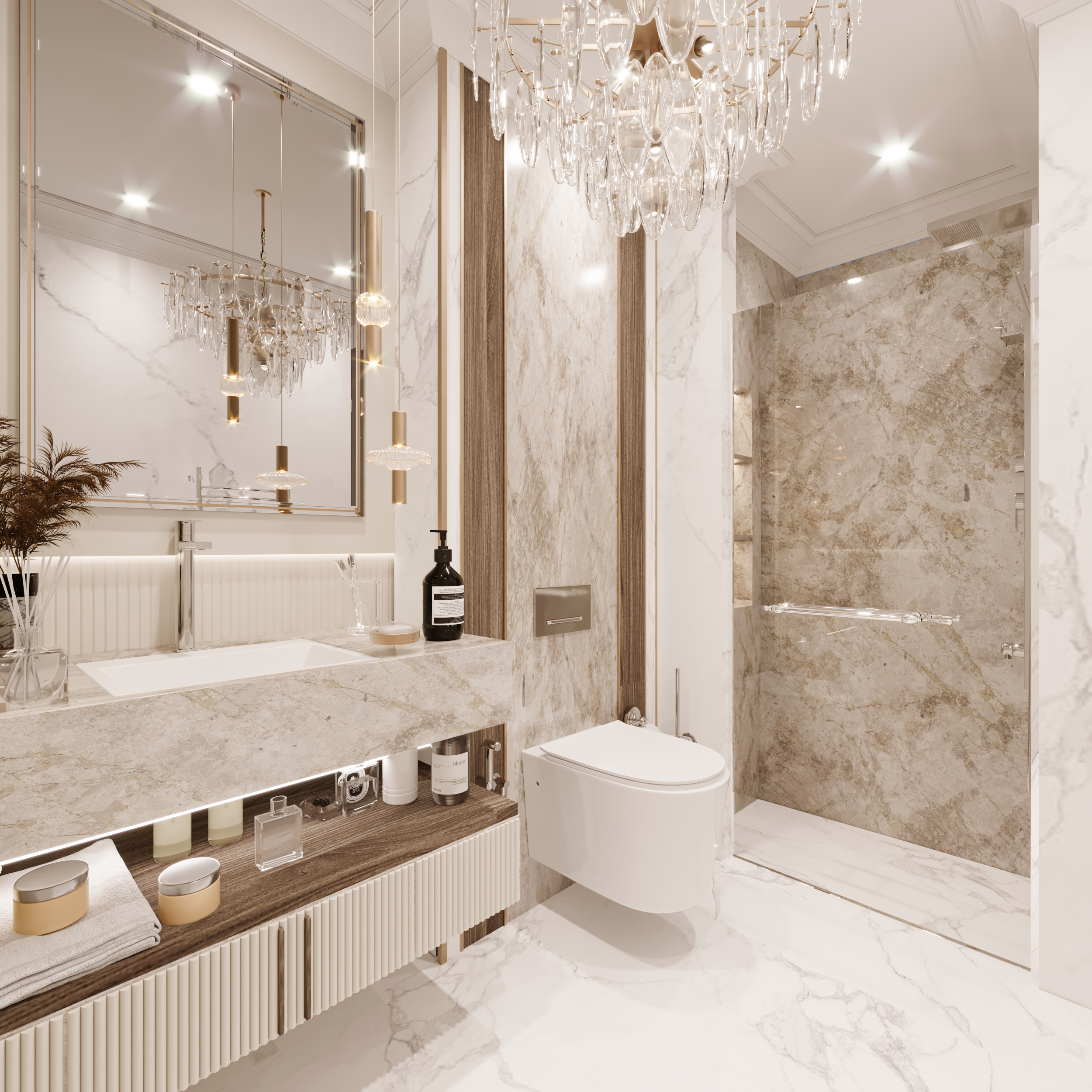
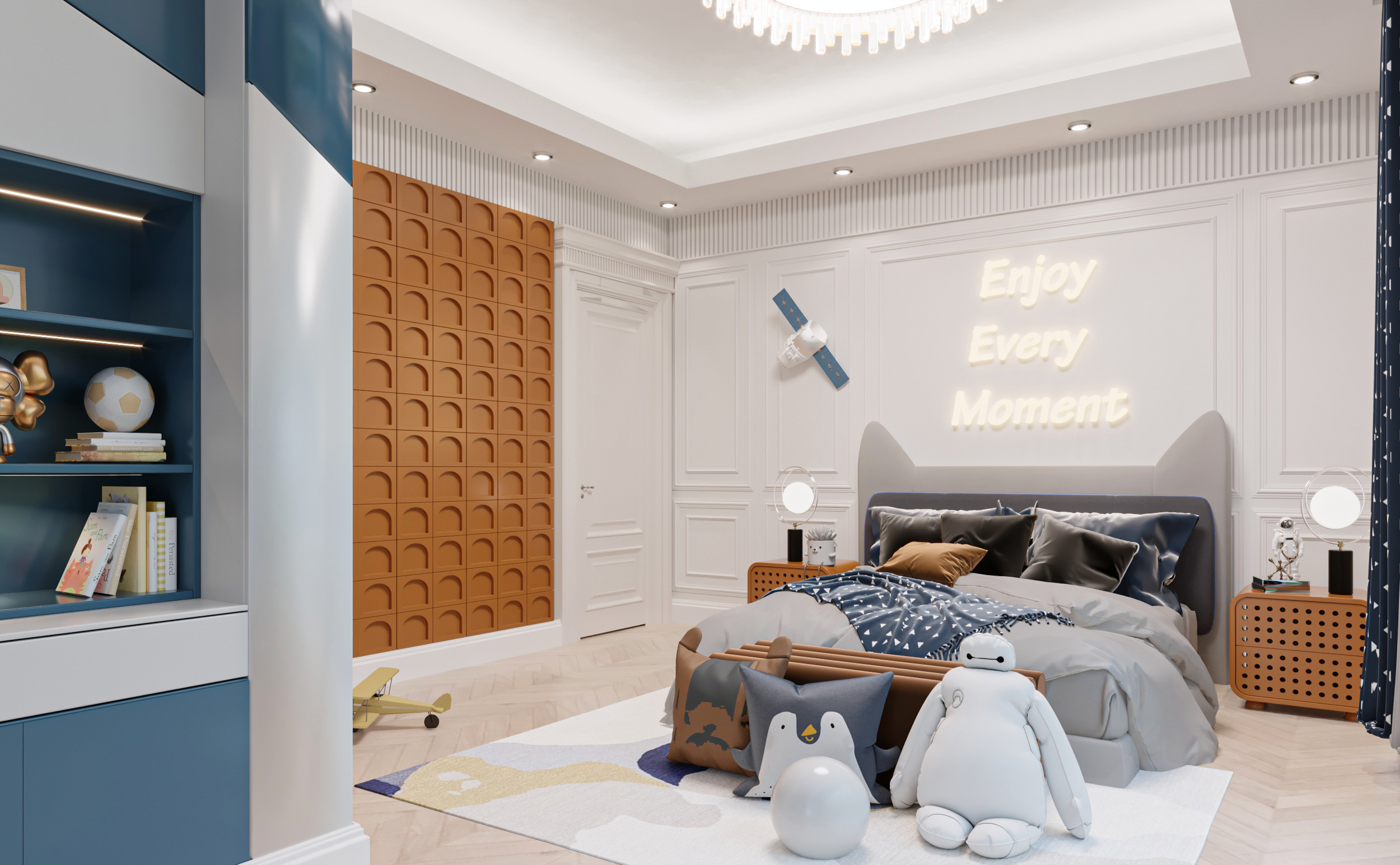
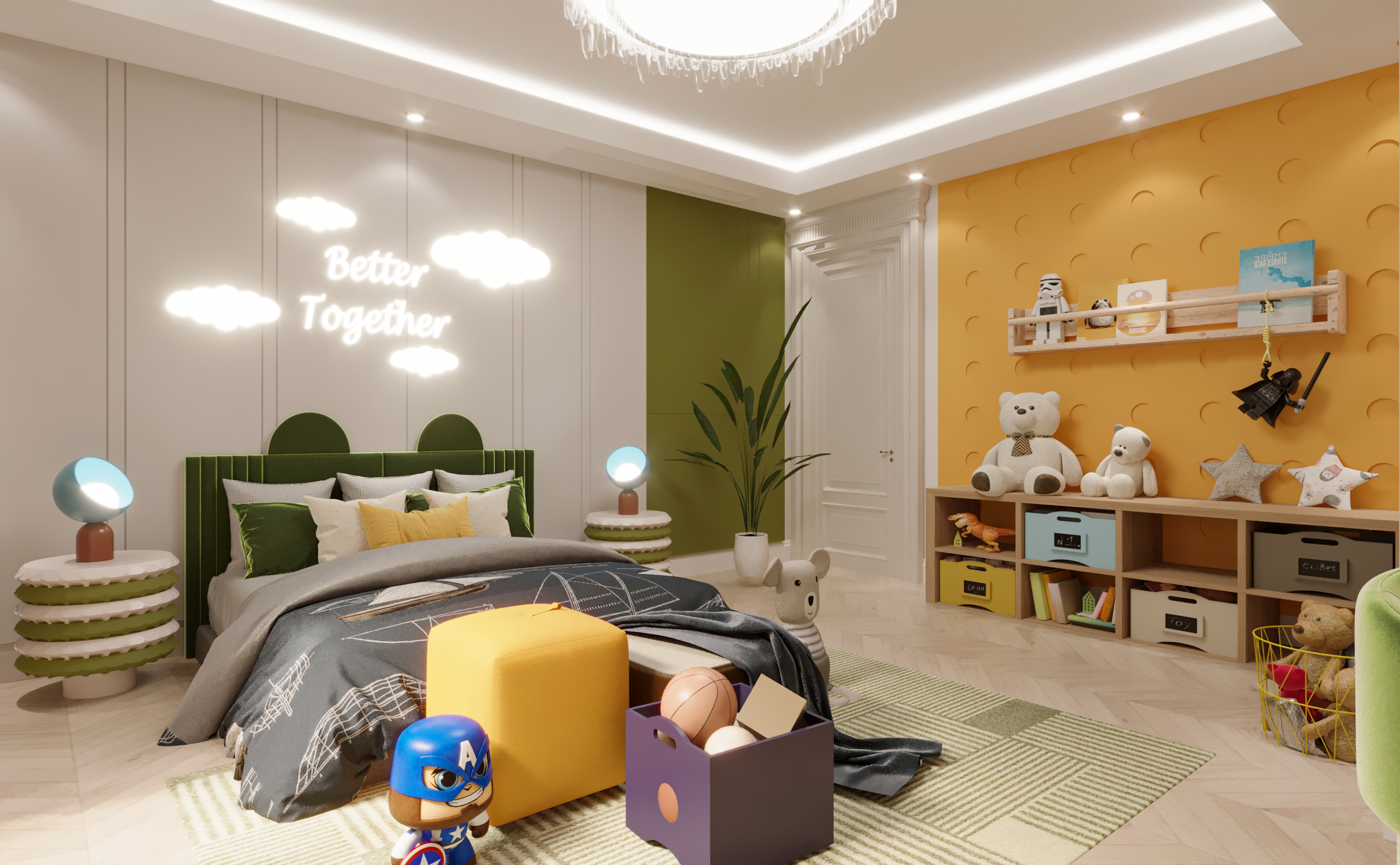
You can follow our Sia Moore Pinterest account and find images of our current projects.

